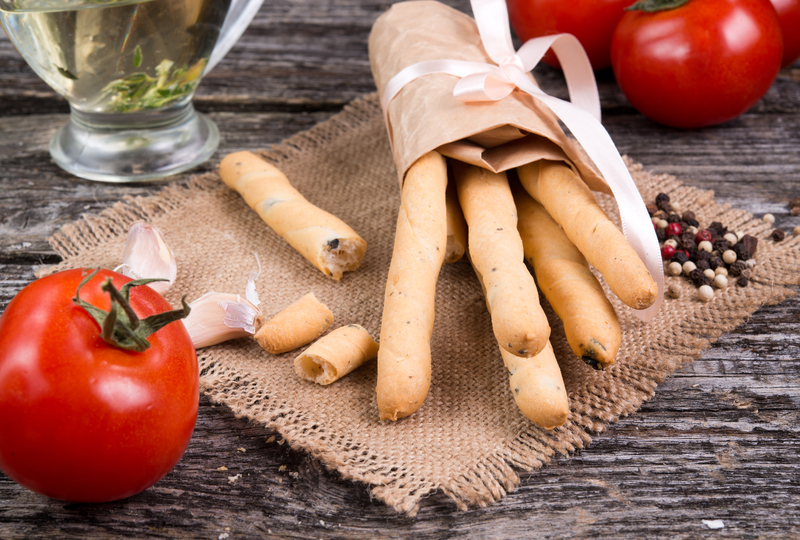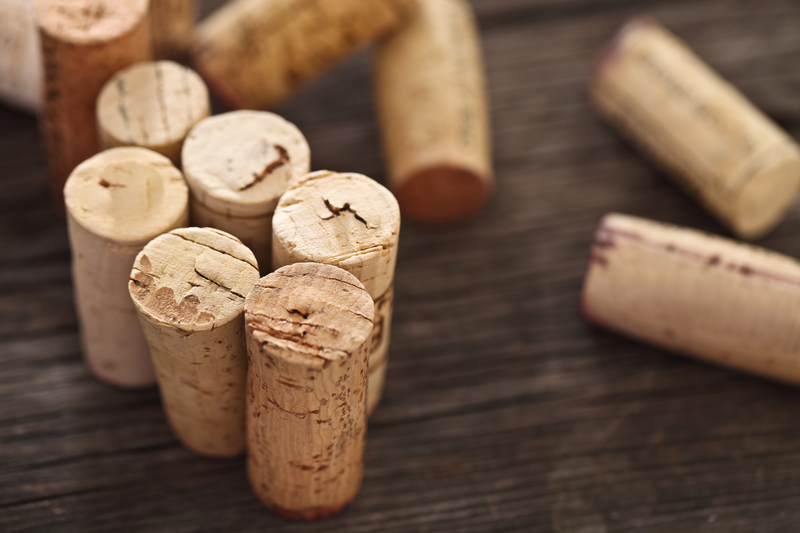Turn Plastic Waste Into Unexpectedly Beautiful Upcycled Objects
Plastic waste is one of the most pressing environmental challenges facing our modern world. Every year, millions of tons of discarded plastic overwhelm our landfills, rivers, and oceans. Rather than seeing these items as mere refuse, innovative minds are now finding creative ways to transform plastic waste into stunning, functional, and artistic pieces. This article will inspire you to view plastic debris through a new, eco-friendly lens and guide you in discovering the beauty of upcycling plastic waste into unique objects for your home, garden, fashion, and beyond.

Why Upcycle Plastic Waste?
Before diving into ideas and projects, it's essential to understand the importance of upcycling plastic waste. Traditional recycling processes can be energy-intensive and limited in terms of what types of plastics can be recycled. Conversely, upcycling creatively reuses plastic products in their existing form, reducing energy use and environmental footprint.
- Environmental Benefits: Upcycling reduces the volume of waste sent to landfills and oceans.
- Economic Value: Repurposed items can be cheaper than new purchases and even serve as income sources when sold.
- Personal Satisfaction: Crafting beautiful pieces from discarded plastics offers a sense of accomplishment.
- Awareness and Education: Upcycled creations often start conversations about sustainability and inspire others.
Differences Between Recycling and Upcycling
While recycling plastic typically involves breaking it down and reforming it into raw material, upcycling adds creative value by transforming the refuse into objects of beauty and utility, often with minimal processing. Upcycling not only helps the environment but also sparks individual creativity and innovation.
The Spectrum of Beautiful Upcycled Plastic Objects
From stylish home decor to intricate jewelry, the potential for upcycling plastic waste is almost limitless. Here are some inspiring categories and project ideas to get started on your own upcycled plastic art.
1. Home Decor
Every home can benefit from a touch of eco-chic. Consider these creative ways to turn plastic waste into decorative items:
- Vases and Planters: Cut and paint plastic bottles or jugs to create colorful vessels for flowers or herbs.
- Wall Art: Assemble bottle caps or plastic lids into mosaics or intricate patterns, perfect for livening up bare walls.
- Lamps and Lanterns: Use translucent plastic containers and fairy lights to sculpt glowing accent pieces.
- Storage Solutions: Transform containers into lightweight, durable organizers for desks or playrooms.
2. Garden Wonders
The garden is a wonderful place to repurpose plastic trash aesthetically and functionally.
- Vertical Gardens: Hang rows of plastic bottles as planters for herbs, strawberries, or flowers along fences or balconies.
- Bird Feeders and Baths: Converted bottles or jugs become havens for feathered friends.
- Garden Sculptures: Large plastic fragments, especially colored ones, can be welded or glued into beautiful, whimsical sculptures.
3. Fashion and Accessories
Fashion designers worldwide are upcycling plastic waste into wearable art. Here are a few ways to accessorize sustainably:
- Statement Jewelry: Cut, sand, and paint plastic to form earrings, necklaces, and bracelets that are both chic and conversation starters.
- Purses and Bags: Weave or stitch together plastic strips (from bags, packaging, etc.) into sturdy, unique bags.
- Clothing Embellishments: Embroider or sew plastic sequins onto clothing for a pop of color and texture.
4. Functional Everyday Items
You can also upcycle plastic refuse into practical objects for daily use.
- Reusable Shopping Bags: Iron plastic bags between parchment paper (with care) to create sturdy material that can be sewn into totes.
- Phone Holders and Chargers: Use plastic bottles to create cases or cable organizers.
- Coasters and Placemats: Flatten and weave lid rings or bottle caps to make colorful tableware.
Step-by-Step Guide: Upcycle Plastic Bottles into Garden Flowers
Let's walk through a simple, popular project--turning plastic bottles into garden flowers that will never wilt. This project requires minimal tools and produces eye-catching results, perfect for any garden or outdoor space.
Materials Needed
- Empty plastic bottles (various colors and sizes)
- Scissors or craft knife
- Acrylic paints and brushes
- Wire or wooden sticks (for stems)
- Hot glue gun (optional)
Instructions
- Clean the Bottles: Remove labels and thoroughly wash out each bottle.
- Cut Petals: Use scissors or a craft knife to cut the bottle into desired petal shapes. Some may prefer long, daisy-like petals, while others might choose rounded petals for roses.
- Paint the Flowers: Using acrylic paints, decorate the petals. Consider mixing vibrant colors for a whimsical effect.
- Form the Flower Centers: Bottle caps or extra pieces of plastic can be painted and glued to the center of each flower for added dimension.
- Attach Stems: Use strong wire or wooden sticks for stems and attach with hot glue or by poking a hole in the base of the flower.
- Arrange in the Garden: Stake your upcycled flowers throughout the garden for a burst of color that lasts all year long.
Tips For Successful Upcycling
- Sort Plastics: Not all plastics are created equal. Check the type and safety before using for crafts, especially those not meant for food contact.
- Clean Thoroughly: Remove all residues to prevent odors and ensure paint or glue adhere properly.
- Use Safe Paints: Select non-toxic, outdoor-proof paints for projects exposed to the elements.
- Combine Materials: Pair plastic with other upcycled or natural materials for variety and unique textures.
Inspiring Examples from Around the World
Artists Turning Plastic Waste Into Art
- Veronika Richterova: This Czech artist is famed for creating vibrant sculptures and installations using discarded PET bottles, transforming litter into luminous works of art.
- Washed Ashore Project: Creating massive animal sculptures out of plastic trash collected from beaches, this nonprofit organization raises awareness about ocean pollution and the beauty born from reuse.
- EcoBricks: Communities worldwide fill plastic bottles with non-recyclable waste to create strong "bricks" used in construction, a practical and visual testament to upcycling ingenuity.
Communities and Brands Making a Difference
- Ocean Sole Africa: This Kenyan enterprise collects discarded flip-flops from beaches and transforms them into colorful wildlife sculptures, supporting local artisans and the environment.
- Parley for the Oceans: Collaborating with major brands like Adidas, Parley turns intercepted ocean plastics into high-performance athletic wear, setting new trends in sustainable fashion.
The Environmental Impact of Upcycling Plastic Waste
When you upcycle plastic waste into beautiful objects, you're not just making art--you're making a positive environmental statement. Here are just a few impacts:
- Reduced Landfill Usage: Every item upcycled is one less piece filling a landfill.
- Lower Carbon Emissions: Upcycling bypasses the energy-intensive processes of traditional recycling and manufacturing.
- Cleaner Ecosystems: Repurposing plastics keeps them out of natural environments, reducing threats to wildlife.
- Environmental Awareness: Eye-catching upcycled art can educate and inspire entire communities to rethink waste.
Mastering the Art of Upcycling: Tips for Creativity
- Think Outside the Box: What might look like trash could be the perfect base for a sculpture, mosaic, or functional object.
- Experiment with Techniques: Try painting, melting, braiding, or weaving plastics to discover unique results.
- Mashup Materials: Incorporate recycled metal, wood, or fabric for added depth and texture.
- Engage the Community: Upcycling projects are more fun and impactful when they involve family, friends, or local organizations.
- Share Your Creations: Showcase your work on social media with relevant hashtags to inspire others and build a network of eco-conscious creators.

Frequently Asked Questions About Upcycling Plastic Waste
Can all types of plastic be upcycled?
Not every type of plastic is suitable for home upcycling. Look for plastics labeled PET, HDPE, or LDPE, which are generally safe and easy to work with. Avoid plastics that held dangerous chemicals or are brittle and difficult to cut.
Is it safe to upcycle plastic at home?
Yes, as long as you take basic safety precautions--such as thoroughly cleaning materials, ventilating when painting or heating, and using protective gear when cutting. Always supervise children during plastic upcycling projects.
How can I ensure my upcycled objects last?
Choose the right adhesives and paints for the intended use (indoor vs. outdoor). Store items away from extreme heat or prolonged sunlight to avoid damage. Regularly clean and inspect your upcycled creations to extend their lifespan.
Conclusion: The Beauty and Power of Turning Plastic Waste Into Unexpectedly Beautiful Upcycled Objects
Upcycling plastic waste is far more than a craft or a hobby--it's a movement that celebrates sustainability, creativity, and environmental stewardship. By reimagining discarded containers, packaging, and bottles, you can not only create beautiful, functional objects but also be part of a global shift toward a cleaner, greener future.
Start small: gather the plastic waste from your home, get inspired by the projects and artists mentioned above, and experiment with your own designs. Every upcycled item is a step away from pollution and a step toward a world full of unexpected beauty, born from what was once considered waste.
Turn your plastic waste into art--because even trash has the potential to be truly beautiful.